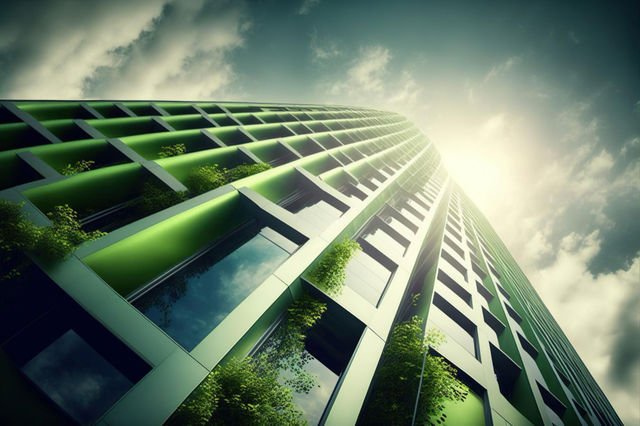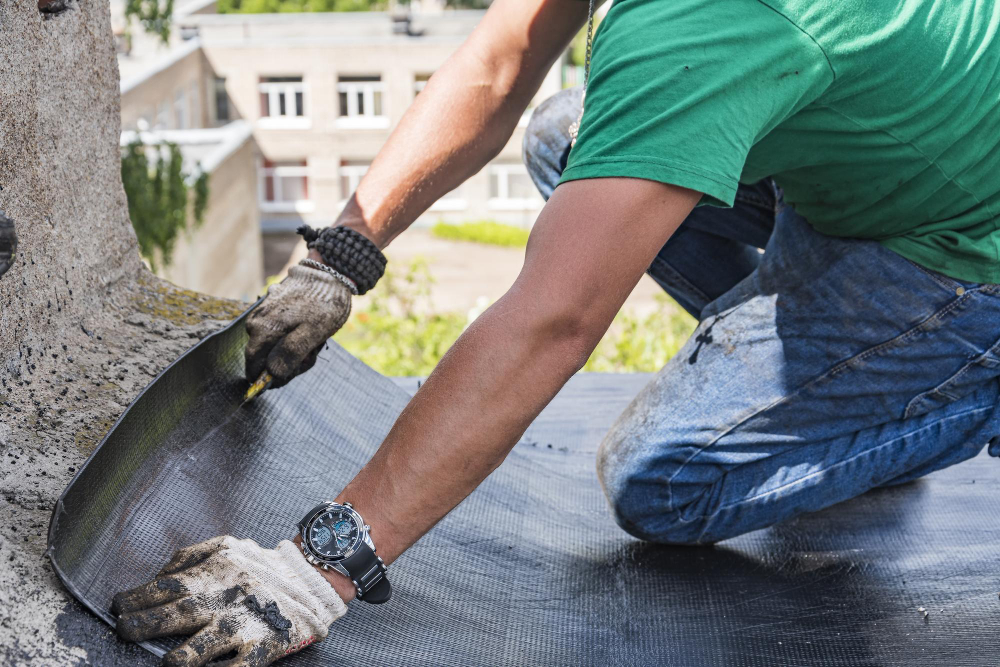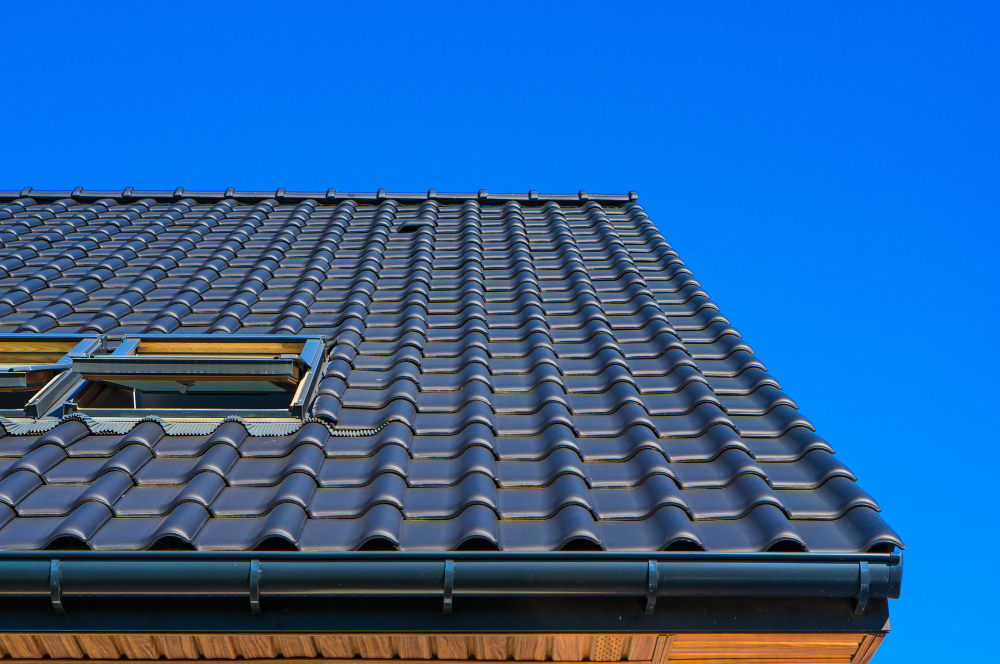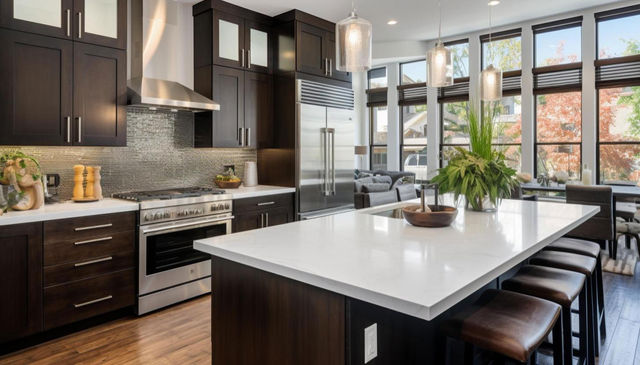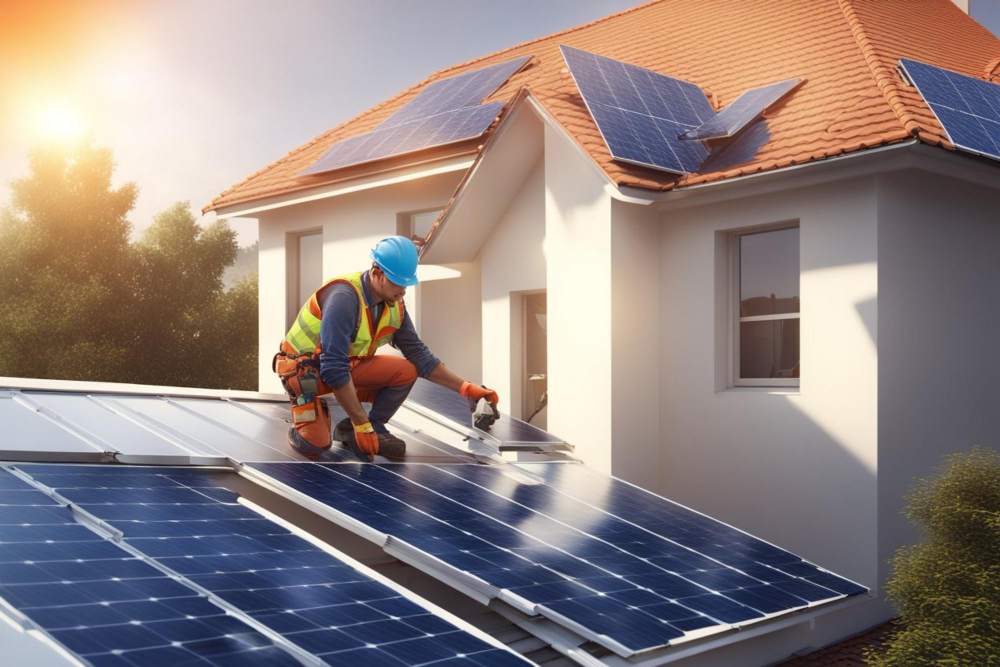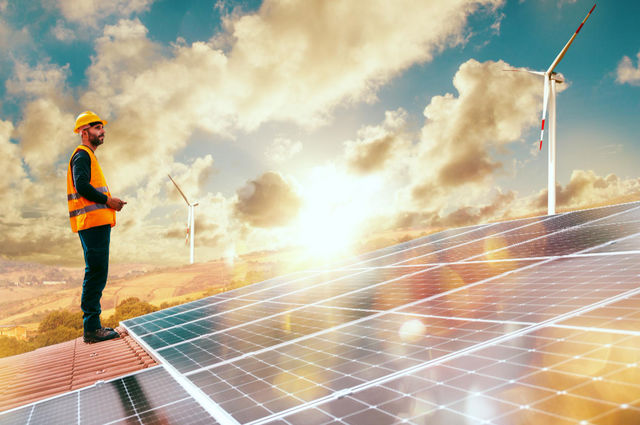Introduction
In the ever-evolving landscape of the construction industry, sustainability has emerged as a key focal point. As environmental consciousness continues to grow, construction professionals are adopting innovative practices to minimize their ecological footprint. This article explores the top trends in sustainable construction, shedding light on transformative approaches that not only benefit the planet but also contribute to the long-term success of construction projects.
Sustainable Materials: Building Responsibly
Bamboo Revolutionizing Building Structures
Bamboo, with its impressive strength-to-weight ratio, is gaining prominence as a sustainable alternative to traditional building materials. From scaffolding to flooring, this fast-growing plant is redefining the structural landscape.
Recycled Concrete: A Second Life for Building Waste
The recycling of concrete waste not only reduces landfill burden but also curtails the demand for new aggregates. This trend is not only cost-effective but also aligns with circular economy principles.
Timber Construction: An Eco-Friendly Elevation
As architects and builders embrace timber as a renewable resource, wooden structures are becoming increasingly popular. Timber construction offers a lower carbon footprint and contributes to the sequestration of carbon dioxide.
Net Zero Energy Buildings: Shaping a Green Horizon
Harnessing Solar Power for Sustainable Structures
Integrating solar panels into building designs is no longer an exception but a rule. The sun’s energy is harnessed to power buildings, reducing reliance on traditional energy sources.
Energy-Efficient HVAC Systems: Climate Control with a Conscience
Advancements in heating, ventilation, and air conditioning (HVAC) systems are making them more energy-efficient. This not only reduces energy consumption but also lowers operational costs for building owners.
Smart Construction Technologies: Pioneering Efficiency
Building Information Modeling (BIM): Enhancing Collaboration
BIM technology continues to transform the construction landscape by facilitating collaboration among architects, engineers, and contractors. The result is streamlined processes and reduced material waste.
IoT-Enabled Construction Sites: Real-Time Monitoring for Optimal Efficiency
The Internet of Things (IoT) is enhancing construction site management through real-time monitoring of equipment, materials, and workforce. This data-driven approach maximizes efficiency and minimizes downtime.
Green Certification and Standards: A Mark of Excellence
LEED Certification: Setting the Standard for Sustainability
Leadership in Energy and Environmental Design (LEED) certification remains a gold standard for sustainable construction. Projects achieving LEED certification demonstrate a commitment to environmental responsibility.
Passive House Standards: Creating Comfort with Minimal Energy
Passive house standards focus on creating buildings that require minimal energy for heating and cooling. This trend emphasizes insulation, airtightness, and efficient ventilation for optimal energy performance.
Challenges in Sustainable Construction: Navigating the Roadblocks
Initial Costs vs. Long-Term Gains
While sustainable construction practices may incur higher initial costs, the long-term benefits in terms of energy savings and environmental impact make it a worthy investment.
Limited Availability of Sustainable Materials
The availability of certain sustainable materials may pose challenges, requiring builders and architects to explore alternative options or invest in local supply chains.
Key Takeaways
Sustainable construction is not just a buzzword; it’s a fundamental shift towards responsible building practices. Embracing these trends not only benefits the environment but also positions construction projects for long-term success and resilience.
Frequently Asked Questions (FAQs)
Q: Are sustainable construction practices more expensive? A: While initial costs may be higher, the long-term benefits, including energy savings, often outweigh the upfront expenses.
Q: What role does technology play in sustainable construction? A: Technologies like BIM and IoT enhance collaboration, streamline processes, and optimize resource utilization on construction sites.
Q: How can builders address the limited availability of sustainable materials? A: Exploring local supply chains and alternative materials can help mitigate challenges related to the availability of sustainable building materials.
Q: What is the significance of LEED certification in sustainable construction? A: LEED certification sets a recognized standard for sustainable building practices, emphasizing energy efficiency, water conservation, and environmental responsibility.
Q: Can sustainable construction practices be applied to existing buildings? A: Yes, sustainable retrofitting methods allow existing structures to adopt eco-friendly practices, improving energy efficiency and reducing environmental impact.
Q: What is the biggest challenge in achieving net-zero energy buildings? A: Balancing the initial costs of implementing renewable energy solutions with the long-term gains in energy efficiency poses a significant challenge.
Conclusion
In the realm of sustainable construction, these trends signify a paradigm shift towards responsible building practices. As the industry continues to innovate, integrating these trends not only benefits the environment but also positions construction projects for success in an ever-changing global landscape. Embrace the future of construction—build sustainably, build responsibly.
